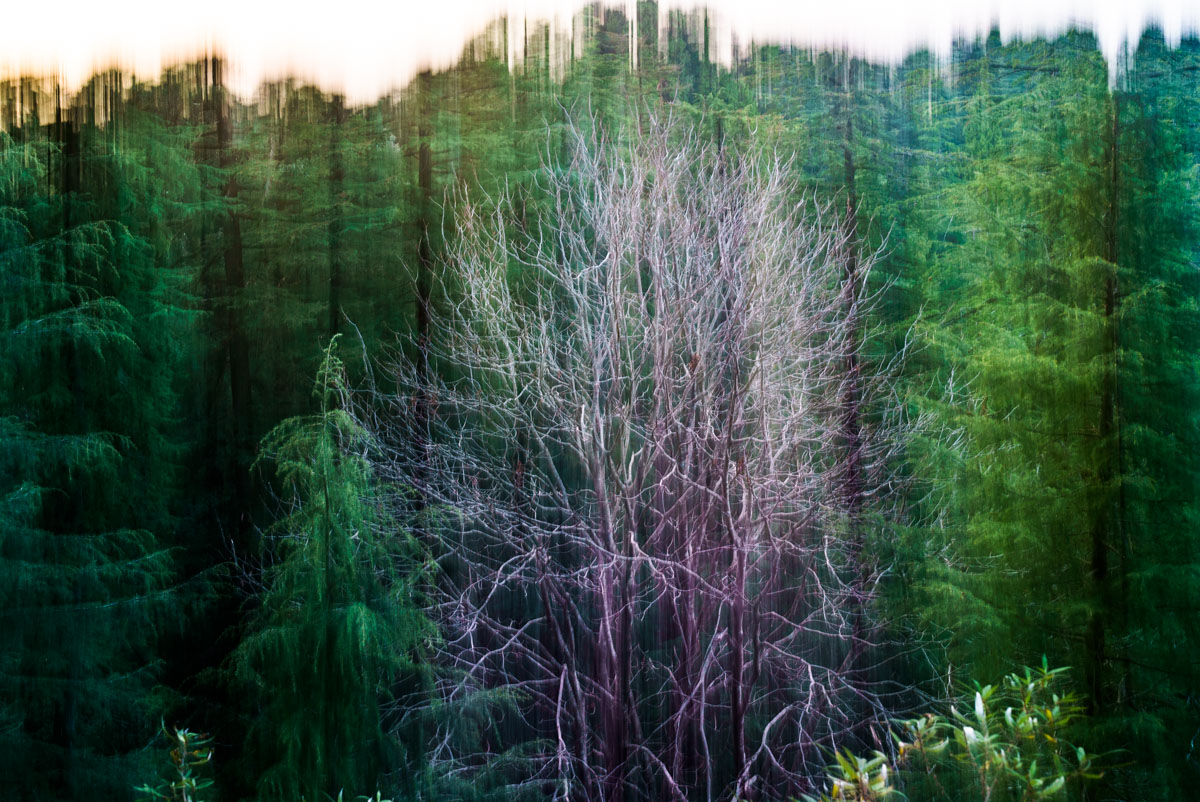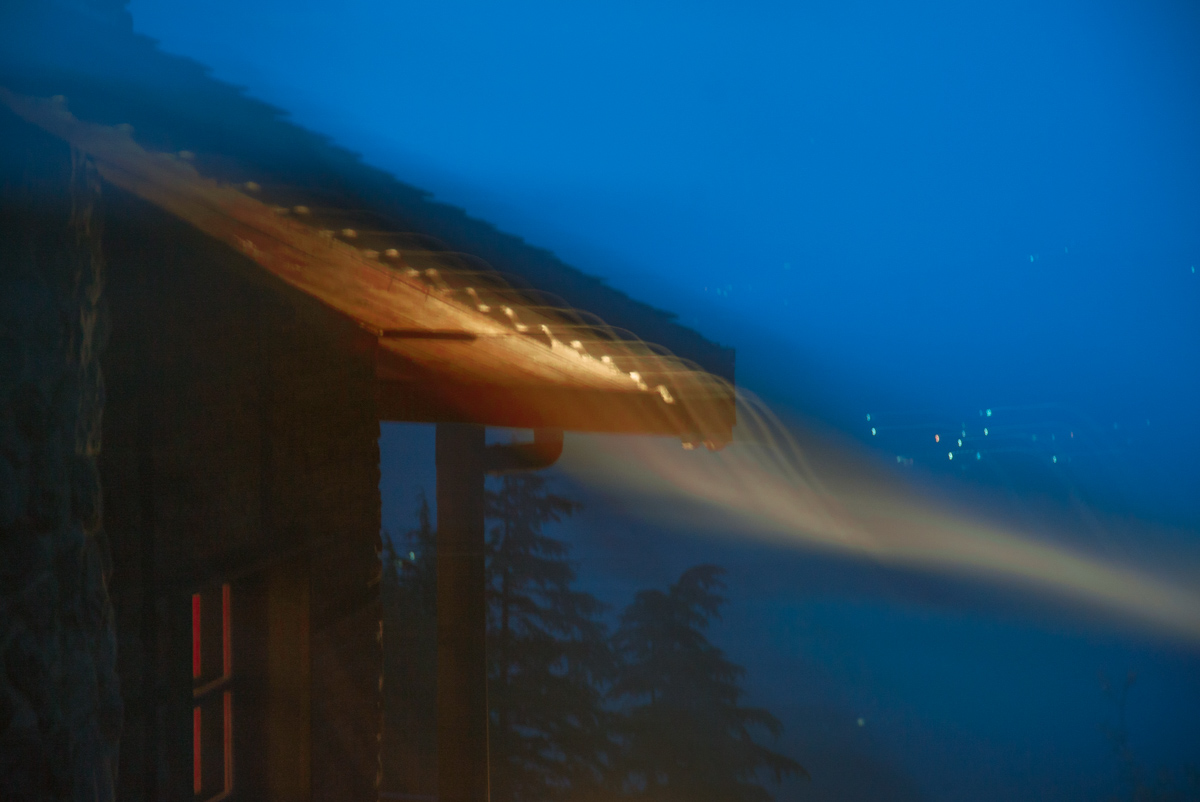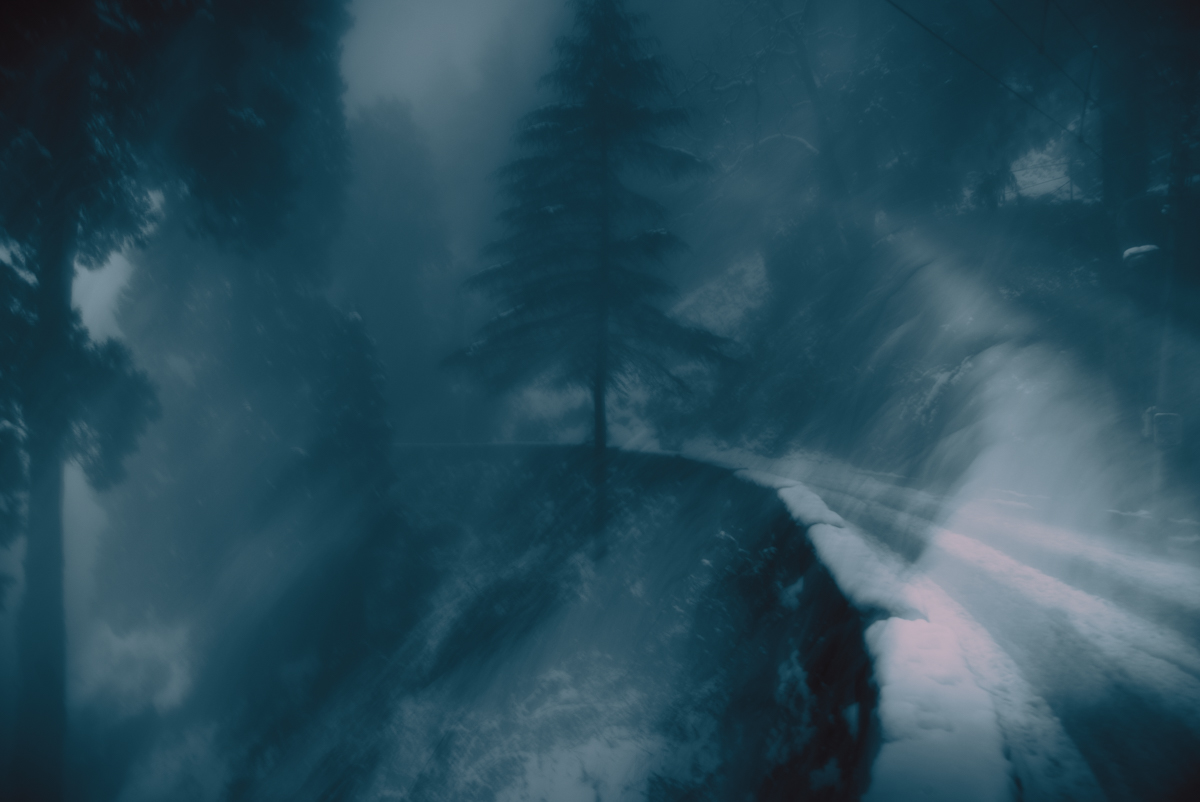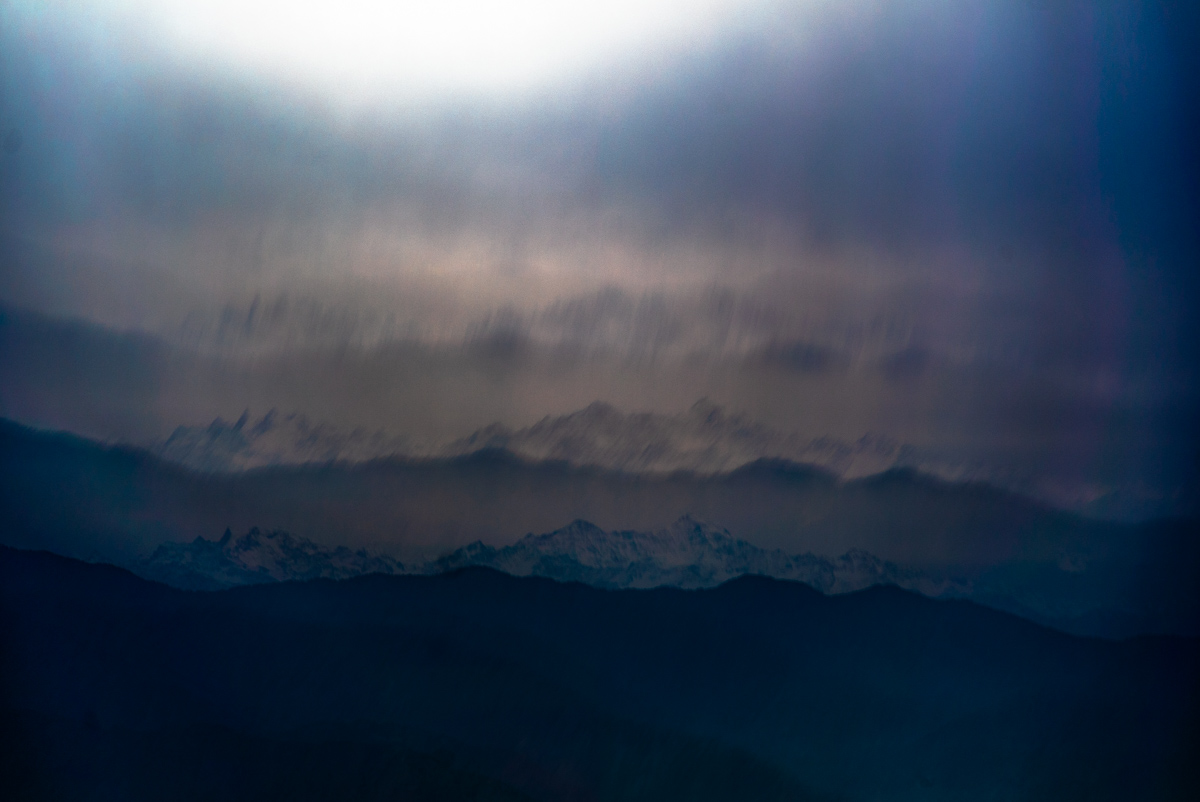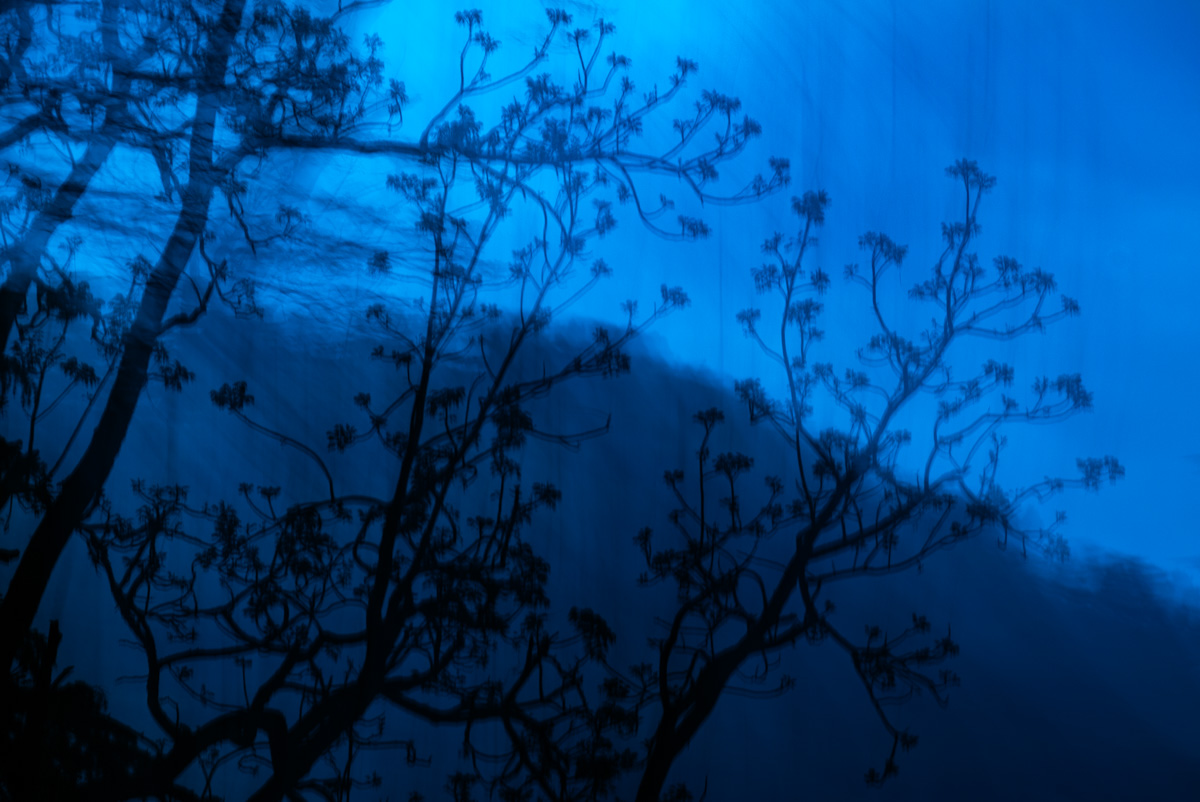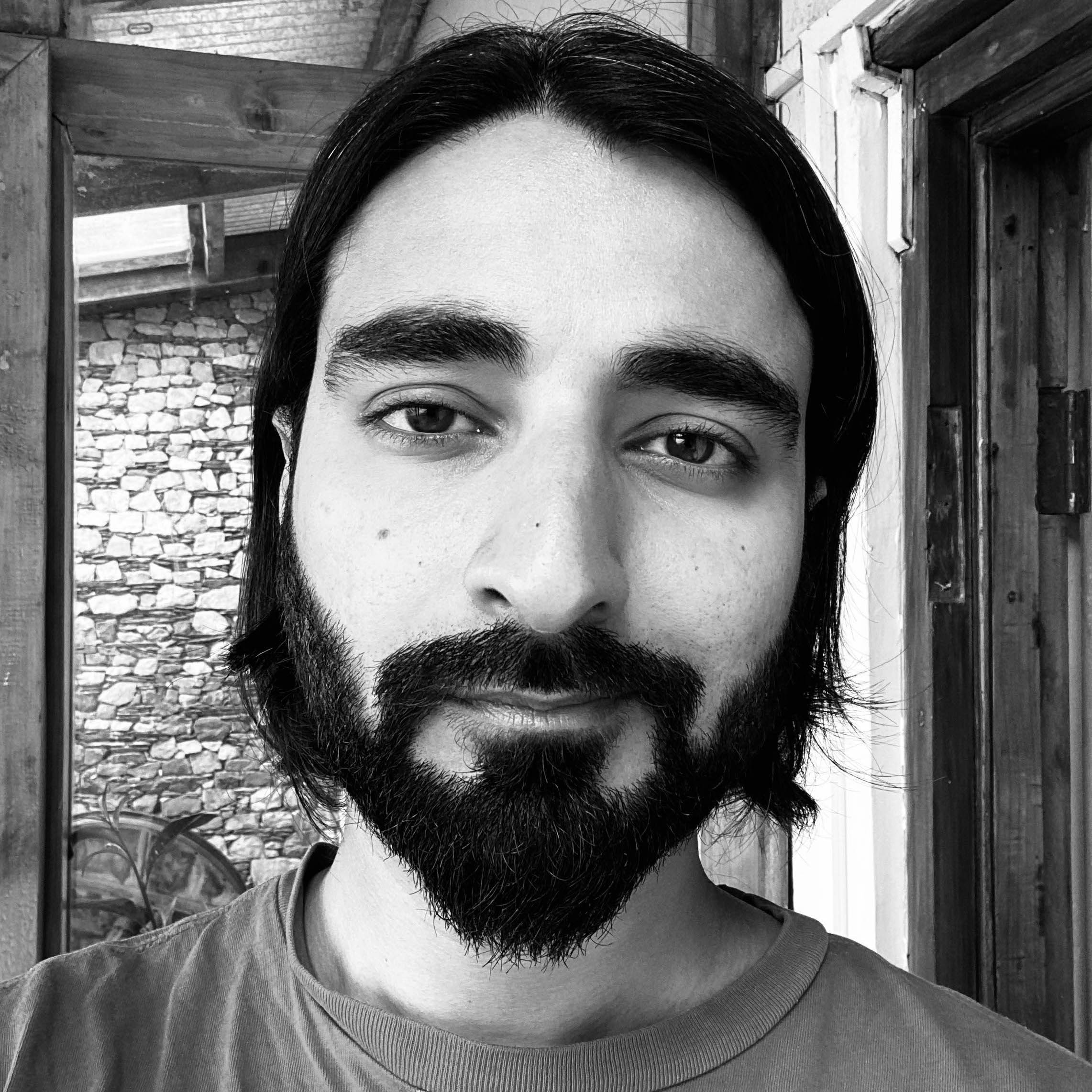A Port of Healing

As I neared my thirties in early 2020, I was teetering on the edge of giving up a great passion: photography. The fun and newness of a once unconventional career choice had worn off, the novelty replaced with the everyday drudgery of mechanical work that paid my bills. I was disillusioned — depressed, even — by a decade of halfhearted commercial pursuits. Why did I even choose to take up photography? I did not know anymore.
Things weren’t always this bleak. Photography started as a hobby, and I’d learned early on that it could be an anchor and an escape from the preordained path of family business. Naturally reticent, I now had something akin to a superpower: socializing wasn’t as anxiety-laden with a camera in my hands. Friends and college professors who saw my photos thought they were good enough for a career, and I started receiving paid work while I was still in college. The pieces were falling into place, or so I believed.
Eventually, I realized that neither the commercial nor artistic sides of photography could maintain my interest. I used my camera only for specific assignments and declined most offers, disheartened by exploitative clients. My time was mostly consumed by editing and secluding myself at home. Gradually, and without realizing it, I was losing touch with friends, severing connections that had taken years to build, as the mere thought of interacting with the outside world became increasingly repellant. Photography, which once served as my gateway to social interaction, no longer coaxed me out of my isolation. I had turned into a photographer who hardly ever photographed at all.

For years, I felt like a rudderless, leaking boat short of just one fatal crack in the hull. It was a haunting space to be in.
In truth, I’d never deconstructed the problem down to its root.
When the COVID lockdowns started, I realized I had been living in a kind of self-imposed isolation for years already. Wandering restlessly through my city apartment for weeks led me to understand that, perhaps for once, missing out on life didn’t sting as much, since everyone else was also stuck. The relentless pressures of life eased; there was no soul-sucking work, no stressful calls with clients about payments, nor the need to send unsolicited portfolio emails to advertising agencies. In this newfound quietude, shared poetry sessions with my partner and Zen-like cleaning became the backdrop for a growing impulse to chronicle my experience of those days in the familiar language of images. After all, there was something genuine that could plug the leaks: my intrinsic bond with photography, which was ready to be rekindled.
The mind is curious. I hardly photographed for myself during the months and years of living in a free and open world. But once that freedom was taken away, I was consumed by a childlike craving for the great outdoors. I had gone from being content with being locked down to valiantly wanting to face the world with a camera in hand.
Alas, a window view would have to do. Observing the few people navigating the rain-soaked streets below and the birds soaring above became my only tangible link to the outside world. And then, the unthinkable happened: the ennui had faded, and lenses out, I began experimenting with abandon. The results looked surprisingly artistic as if brush-painted and smudged by rain. Ghostly silhouettes on an Impressionist canvas; keepsakes they were, made in the hope of clinging to ephemeral moments with transient strangers, to linger a bit more, a yearning for an extended time with those I could never converse with or understand. For the first time, I had a story to tell, and momentarily, this leaky boat was not sinking.
The lockdown hinted at a possibility for artistic revival, and amidst this, an opportunity to escape the city appeared. Thanks to my partner, this led to a series of unexpected events that eventually brought me to Landour.
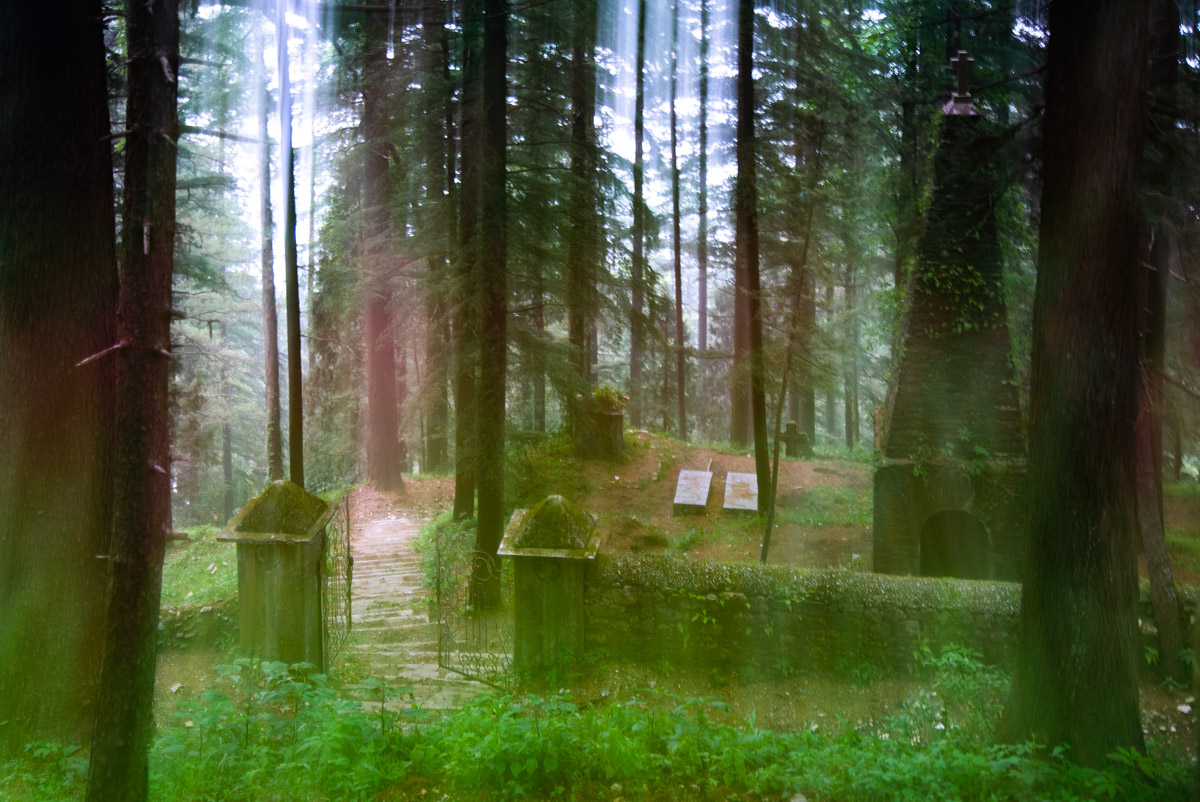
In early 2021, Landour, an old hill station, appeared even more somnolent as the pandemic had slowed time to a crawl. This town, relatively unchanged by human interference, nestled amongst nature’s cycles of existence, death, and rebirth, carried on regardless of world events or crises.
While the greater body of work from this Landour series came together later, I realized early on that the superficial absence of “clarity” in those painterly Bombay images was not limited to expressing a strange time in the city but could also mirror my perception of time in a place like Landour. This compelled me to pursue the thread.
I suddenly became aware of the smallest natural changes around me and went to work. No longer confined to a city flat, I roamed the forests and quiet paths, making thousands of images. I captured the rich moonrises in the dark hillsides and the serene cold twilights, and when the seasons changed, I found myself completely overwhelmed by the surreal mists rising from the plains. Time in Landour gave me immense creative contentment and fervour, allowing me to witness its unassuming yet intense beauty daily while it persistently cycled through life, rejuvenating and reviving itself.
The ambiguity of time gripped me like never before. When does a tree stop growing or a leaf cease to sprout? When does dusk turn into twilight? And what of the house that has stood for a hundred years? Although it appears frozen in time, it undergoes imperceptible changes every moment. It was these imperceptible shifts and changes that I sought to explore through photography. And so, I started with quarter-second handheld exposures, gradually increasing them to five. The shutter’s indeterminate timing allowed me to extend the duration of these moments, allowing them to exist “in time” for a little longer.
This series is a visual journal capturing those moments, which are mere moments in the grand scheme of eternity. Echoing Robert Doisneau’s words:
“A hundredth of a second here, a hundredth of a second there – even if you put them end to end, they still only add up to one, two, perhaps three seconds, snatched from eternity.”
Years of time in Landour spoken for in mere seconds of images. Seconds, in no small manner, saved me from a certain existential dead end.
What started in Bombay found full bloom in Landour—an immense resurgence in my creative method, steering me onto a path where the world felt less daunting. Since then, I’ve regained enough bandwidth to rekindle several old friendships and even forge a few new ones. One second at a time, there are numerous moments to cherish and countless stories to unfold, and perhaps this rudderless, leaking boat is not as hopeless as it once seemed.
